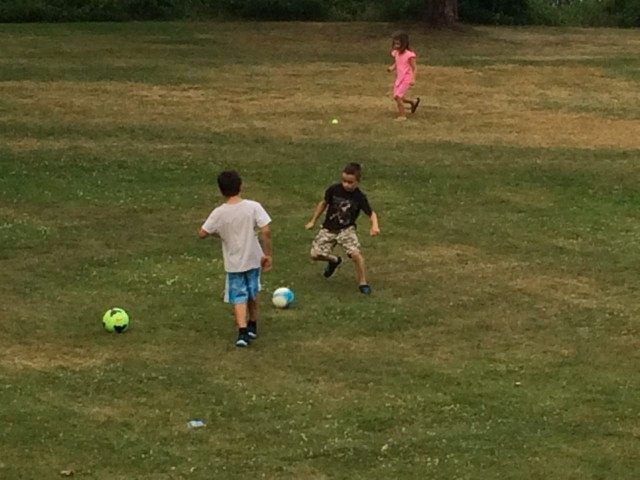The United States Soccer Federation (USSF) and other of the sport’s governing bodies announced new rules for youth competition on Monday to settle a concussion lawsuit filed by parents.
The federation banned headers for players ten and under, limited contact between heads and balls during practice for older children, changed substitution rules to not leave teams with concussed players shorthanded, and implemented a stricter return-to-play protocol regarding mild traumatic brain injuries.
In addition to USSF, the United States Youth Soccer Association, American Youth Soccer Organization, US Club Soccer, and the California Youth Soccer Association submitted to the rule changes demanded by the lawsuit filed last year in a U.S. district court in California. A federal judge had earlier excluded the International Federation of Association Football (FIFA) from the litigation because of the plaintiffs’ lack of standing.
“We filed this litigation in effort to focus the attention of U.S. Soccer and its youth member organizations on the issue of concussions in youth soccer,” Steve Berman, attorney for the litigious parents, reflected in a statement. “With the development of the youth concussion initiative by U.S. Soccer and its youth members, we feel we have accomplished our primary goal and, therefore, do not see any need to continue the pursuit of the litigation. We are pleased that we were able to play a role in improving the safety of the sport for soccer-playing children in this country.”
The plaintiffs never sought remuneration. They wanted various soccer governing bodies, including USSF, to change rules at their request.
Statistics on youth sports injuries remain limited and unreliable. A 2012 American Journal of Sports Medicine article listed girls’ soccer as the fourth leading cause of concussions per athletic exposure among high school sports. It placed behind football, boys’ hockey, and boys’ lacrosse, and first among all girls’ sports. Boys soccer placed seventh on the list of 19 sports. “Among both boys and girls,” the study contends, “the activity most frequently associated with concussion was heading the ball (31.1% and 27.7% respectively).” The study points out that the vast majority of concussions from headers occurred as a result of collisions with other competitors rather than contact with the ball.
In addition to banning headers, some safety advocates seek to prohibit head-first slides and metal bats in youth baseball and eliminate youth football entirely. Many youth baseball leagues have prohibited or restricted head-first slides and youth football programs, along with other team sports for kids, have experienced noticeable drops in participation rates in recent years amid parental safety concerns.

COMMENTS
Please let us know if you're having issues with commenting.